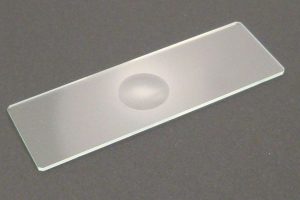Keloids and scars can affect both appearance and self-esteem. These skin changes may result from injuries, surgeries, or even acne. The support of a skilled dermatologist can make a big difference in healing. A dermatologist downtown DC may offer advanced treatments for these concerns. By addressing both the surface and deeper layers of the skin, dermatologists can guide the healing process. This approach helps reduce the appearance of scars and keloids, restoring confidence and comfort.
Understanding Keloids and Scars
Keloids are overgrown areas of scar tissue that form at the site of a skin injury. Unlike regular scars, keloids extend beyond the original injury. They can appear red, pink, or darker than the surrounding skin. Scars, on the other hand, are the body’s natural way of healing and replacing lost or damaged skin. They are usually flat and fade over time.
The Expertise of Dermatologists
Dermatologists specialize in skin health. Their training equips them to handle complex skin issues like keloids and scars. By using a tailored approach, they can recommend the best treatment options. Some common treatments include:
- Corticosteroid Injections: These reduce inflammation and flatten keloids.
- Laser Therapy: This helps improve skin texture and color.
- Surgery: Used for removing keloids but might require further treatment to prevent recurrence.
Each treatment has its benefits and dermatologists help choose the most suitable one.
Comparing Treatment Options
| Treatment | Benefits | Considerations |
|---|---|---|
| Corticosteroid Injections | Reduces size and itching | May need multiple sessions |
| Laser Therapy | Improves appearance and texture | Requires recovery time |
| Surgery | Removes large keloids | Risk of recurrence without follow-up care |
The Role of Prevention
Prevention is crucial for managing keloids and scars. Avoiding unnecessary skin trauma and treating acne promptly can help. A dermatologist can also suggest topical treatments to support skin health. According to the National Institute of Arthritis and Musculoskeletal and Skin Diseases, early intervention is key to effective management.
How Dermatologists Assist in Healing
A dermatologist’s approach is comprehensive. They assess the scar or keloid type, the affected area, and the individual’s skin type. With this information, they devise a customized treatment plan. This could involve one or several treatment options. Dermatologists also monitor progress and make adjustments as needed.
Conclusion
Healing keloids and scars requires understanding, patience, and expert care. Dermatologists are vital in this journey. They provide solutions that are both effective and safe. By addressing each case individually, they ensure the best outcomes for skin health. For those seeking help, consulting with a trusted dermatologist is an important step towards recovery. As highlighted by the American Academy of Dermatology, professional guidance is essential in managing these skin concerns effectively.




